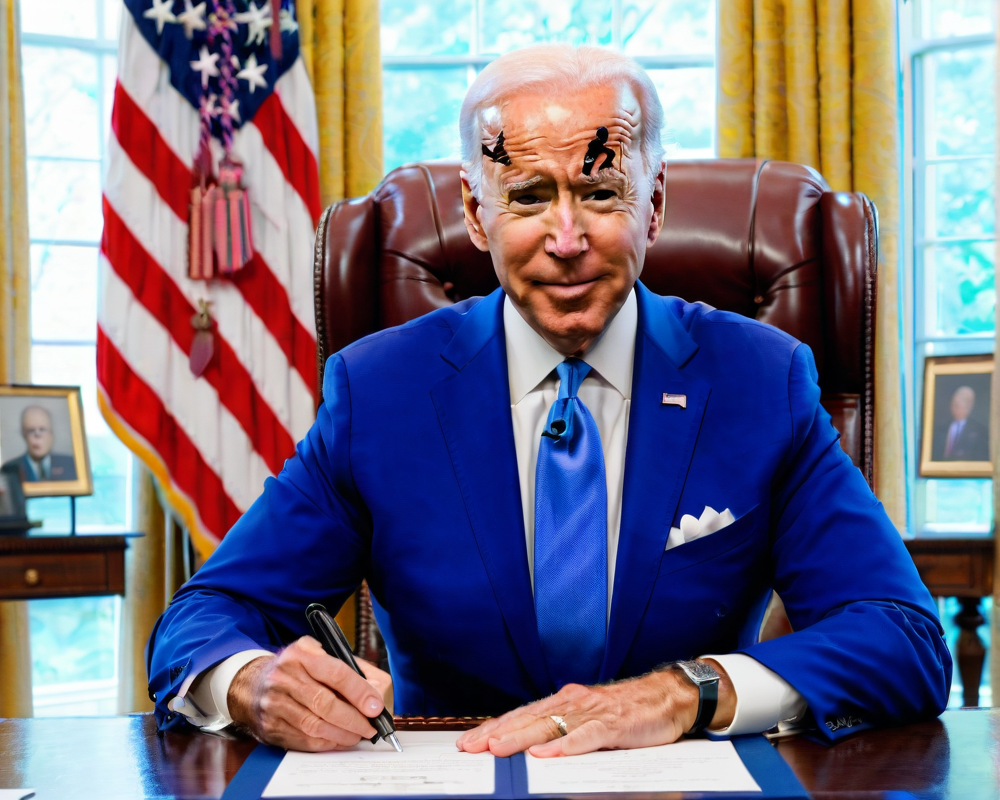An Executive Order for AI Safety
On October 30, President Joe Biden took a bold step into the futuristic realm of artificial intelligence (AI) by issuing an executive order aimed at establishing safety and security standards. This isn’t just a casual Friday announcement; it’s a serious commitment to ensuring that AI doesn’t go haywire and decides to take over the world.
Building on Past Initiatives
Biden’s order builds on previously established safety commitments from major industry players. In a world where technology often races ahead of regulations, this executive order attempts to put the brakes on the chaos. With six primary standards in the mix, it aims to bring some order to the digital wild west that AI often represents.
The Six Commandments of AI Security
- Testing Transparency: Developers of cutting-edge AI systems must share their safety test results with the government. Think of it like showing your homework to the teacher.
- Standardized Safety Tools: The National Institute of Standards and Technology will develop standardized tools and tests for the safety and security of AI systems. Talk about a standardized test that doesn’t involve panic attacks!
- Bioweapon Prevention: New standards will help block AI’s capabilities in producing “dangerous biological materials.” Because, you know, we might not want robots making the next great pandemic.
- Fraud and Deception Defense: The order proposes measures to protect against AI-enabled fraud. We’re still trying to comprehend why grandma keeps getting calls from “the IRS,” but at least now we can secure her against AI being a criminal mastermind.
- Cybersecurity Collaboration: It builds on the ongoing AI Cyber Challenge that seeks to find and fix vulnerabilities in critical software. Who knew playing hide and seek with bugs could be so sophisticated?
- National Security Memorandum: A directive aimed at strengthening actions related to AI security. This sounds fancy, like the government is preparing for an AI espionage thriller!
The Privacy Concerns
As Biden pointedly stated, “Without safeguards, AI can put Americans’ privacy further at risk.” This order isn’t just about AI becoming Skynet; it’s about ensuring that our data doesn’t end up as the next Netflix blockbuster plot twist. The administration is also nudging Congress for bipartisan data privacy legislation, asking for help in keeping our personal information from being the next tech doodle on a whiteboard.
Equity and Civil Rights in AI
The order sets sights on advancing equity and civil rights within the AI ecosystem. This commitment is essential as we must ensure that AI isn’t just a privilege for the tech-savvy but serves to uplift consumers while monitoring potential job market shifts. Think of it as using AI to level the playing field—one algorithm at a time.
Global AI Regulation and Internal Standards
On the international front, the U.S. is joining the G7 nations in a voluntary code of conduct for AI developers. It’s like the tech equivalent of a secret handshake, just more bureaucratic. Internally, the government aims for clear standards to protect rights and safety while providing AI training for employees in relevant fields—a move that surely beats the “here’s how to use Google” training.



